Rising Land Use Conflicts
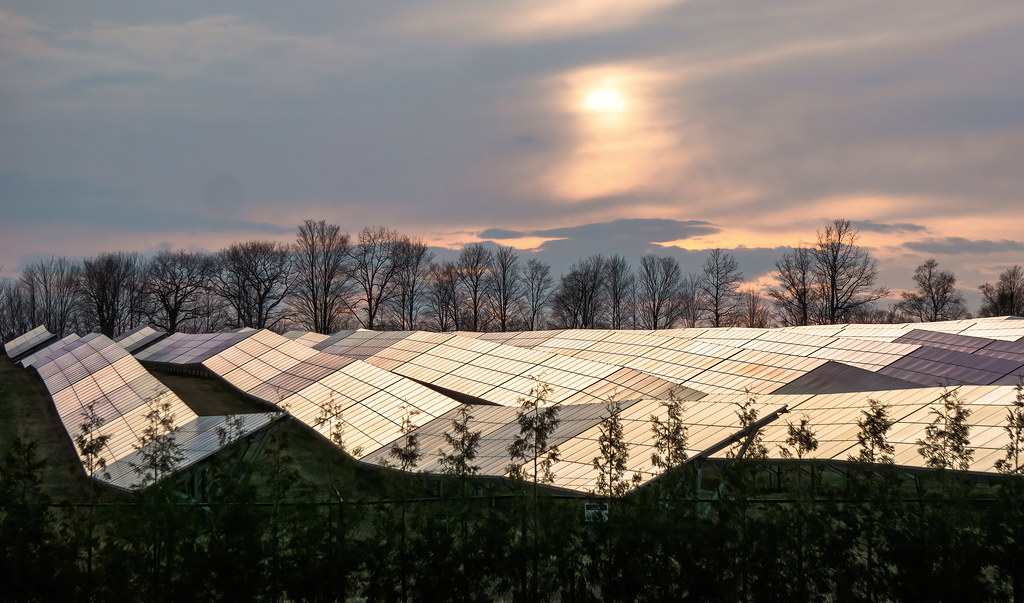
With the increasing demand for renewable energy sources such as solar and wind power, the requirement for space to house these facilities also expands. Extensive solar farm projects can necessitate large areas of land, frequently resulting in disagreements with farming sectors and nearby populations.
Across certain areas, productive agricultural lands are being transformed into solar field sites, igniting discussions about how we allocate our resources. Meanwhile, wind farms tend to be situated in countryside settings, frequently resulting in conflicts regarding aesthetic disruption and auditory disturbances.
The pursuit of sustainable energy often puts environmental objectives at odds with local land usage issues. With many nations pledging themselves to renewables, striking a harmony between conserving natural areas and advancing energy projects grows progressively harder.
Impact on Wildlife
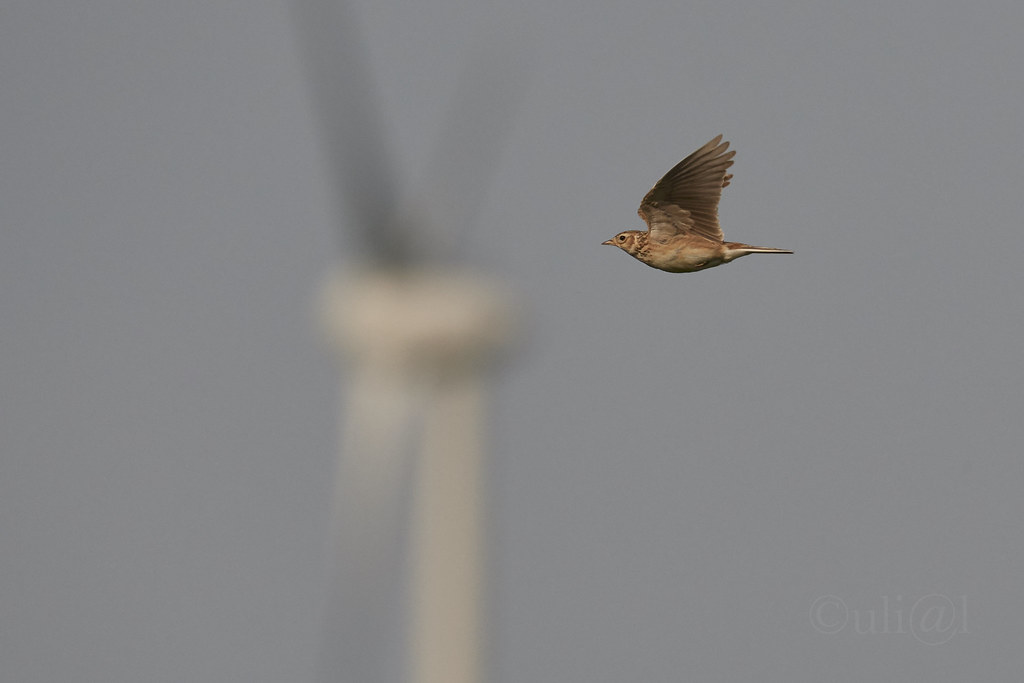
Although renewable energy seeks to decrease carbon emissions, it may unintentionally adversely affect wildlife. For example, wind turbines can be hazardous to birds and bats, often resulting in considerable death tolls.
Solar panels may also disturb nearby ecological systems by changing the habitat. Birds can be disoriented by the reflection off these panels, leading to collisions with the structures.
Moreover, building renewable energy plants can disrupt the homes of numerous species, causing them to move elsewhere. Such unforeseen effects underscore the importance of meticulous planning and protective measures to safeguard animals as we aim for cleaner energy sources.
Shifts in Local Economies
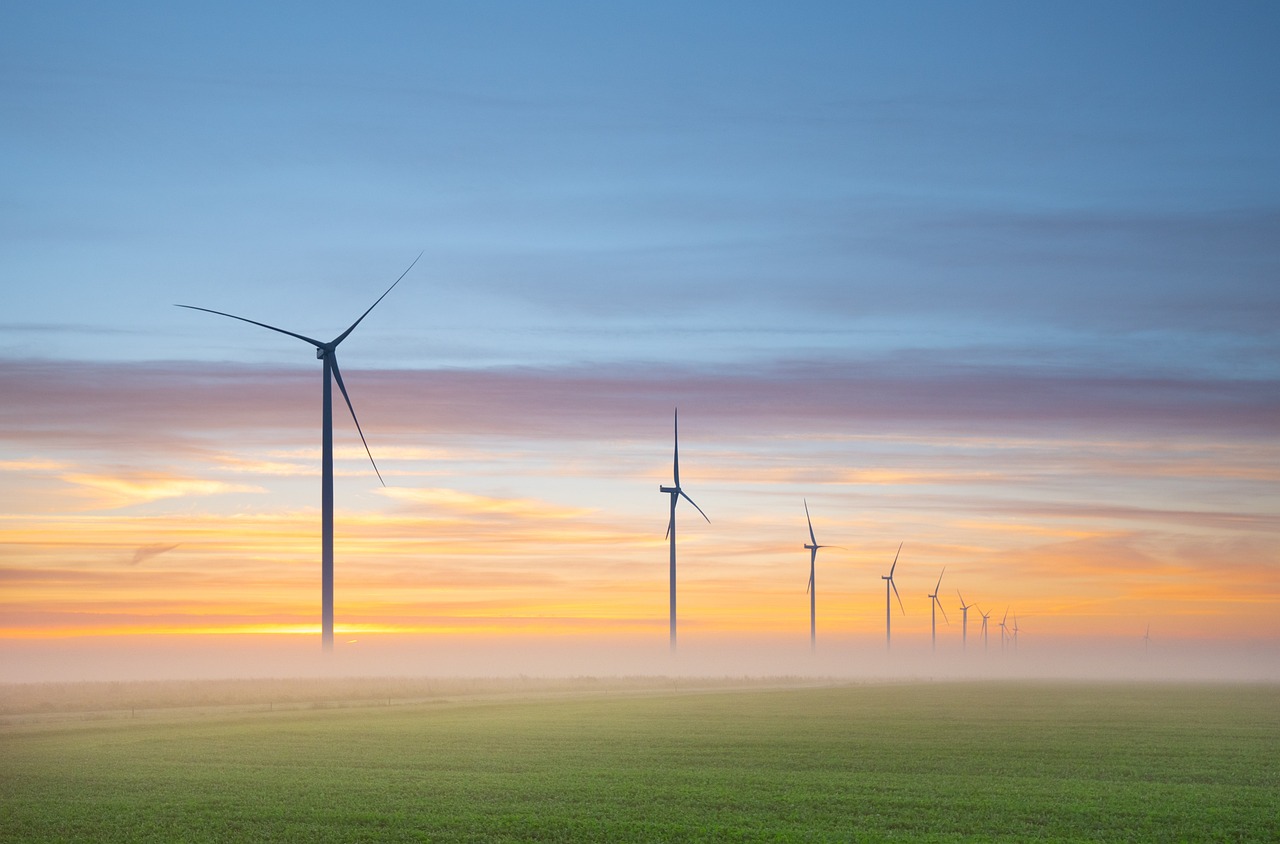
The surge in renewable energy is transforming regional economics in unforeseen manners. Areas formerly dependent on coal and oil sectors are undergoing changes with new employment opportunities brought about by green energy initiatives.
Nevertheless, this shift doesn’t always occur seamlessly. The competencies needed for roles in the renewable energy sector frequently vary from those in conventional energy fields, thus requiring retraining initiatives.
Moreover, areas that relied significantly on coal or oil could experience economic challenges as those sectors shrink. Transitioning to renewable energy requires a strategic method to maintain economic balance and prepare the workforce for changes in impacted regions.
Grid Stability Challenges
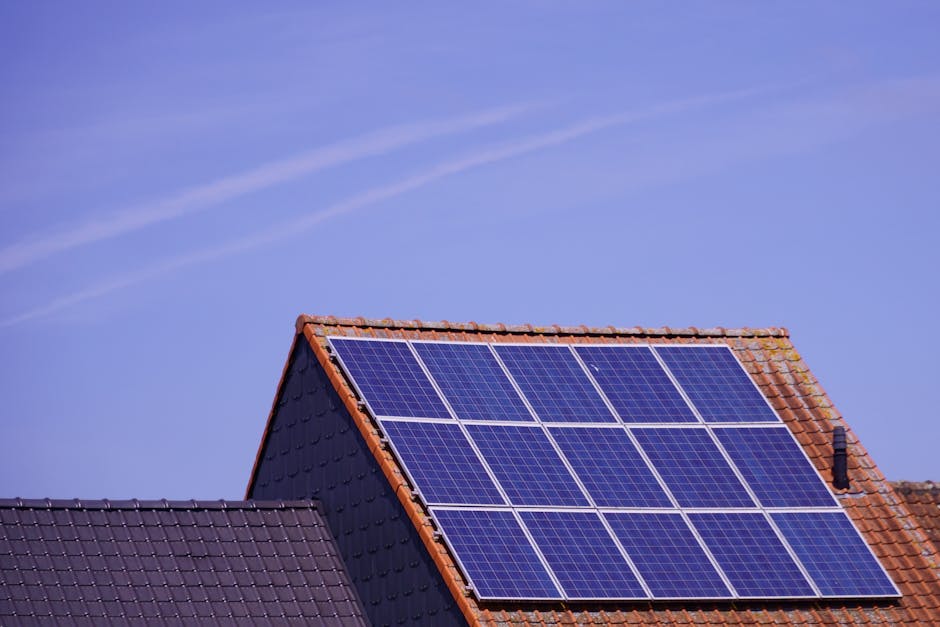
Incorporating renewable energy into current power systems poses distinct difficulties. In contrast to fossil fuels, renewables such as wind and solar are inconsistent, causing variations in energy production.
This fluctuation can put stress on power grids, leading to instability and possible blackouts. Managing the equilibrium between production and consumption grows more intricate as the proportion of renewable sources in the energy composition rises.
Energy storage technologies like batteries are being created to tackle these issues; however, they present new obstacles. Maintaining the dependability of the power grid within an energy system dominated by renewables continues to be a critical issue.
Resource Scarcity for Technology
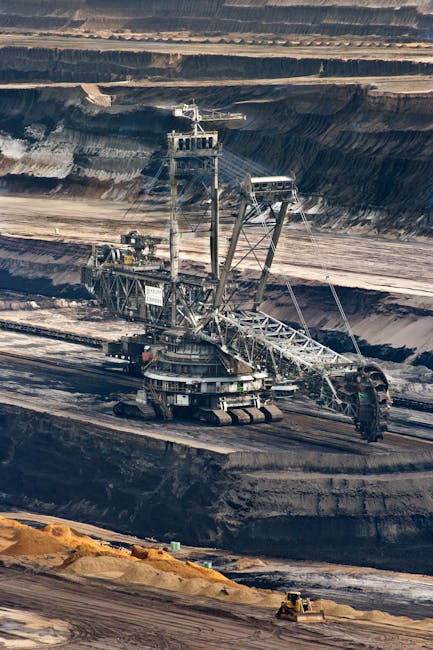
The creation of renewable energy systems depends on particular materials, many of which are either rare or hard to acquire. Elements critical for constructing wind turbines and solar panels, known as rare earth elements, have restricted availability and are predominantly found in select areas.
This shortage may result in geopolitical strains and weaknesses within supply chains. With the increasing demand for renewable technology, the strain on these essential materials also rises.
Identifying eco-friendly substitutes or repurposing current resources is essential to prevent obstacles and sustain the expansion of renewable energy sources.
Environmental Concerns in Manufacturing
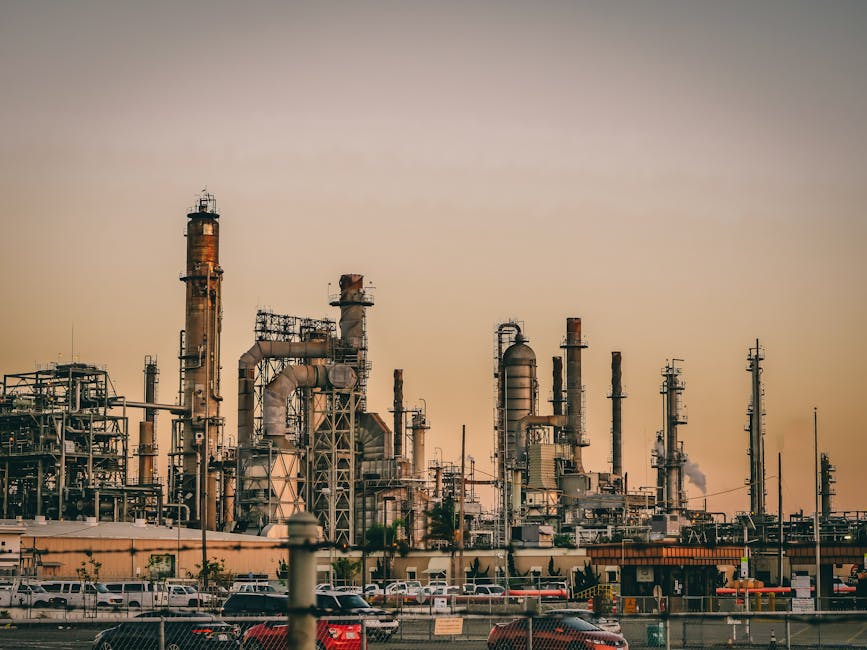
Although renewable energy generates less pollution when used, the production of wind turbines and solar panels can still harm the environment. Extracting and refining raw materials typically leads to contamination and ecological damage.
Furthermore, the creation of these technologies demands considerable energy use, which can at times negate the ecological advantages they offer. It is crucial to tackle the environmental impact associated with producing renewable energy sources so that shifting towards cleaner power truly proves sustainable.
Advancements in production techniques and resources can assist in addressing these issues.
Changes in Energy Prices

The move to renewable energy sources is affecting price structures in intricate manners. At first, this change may result in higher expenses due to the necessary investments in infrastructure.
Over time, though, the expense of renewable energy sources usually goes down, which makes them more competitive against conventional power options. As a result, certain areas have experienced reduced electricity costs along with improved accessibility to affordable energy.
Nevertheless, the inconsistency in renewable energy production may result in pricing volatility, causing unpredictability for customers. It is essential for policymakers as well as consumers to grasp the enduring economic effects brought about by the surge in renewable energy adoption.
Socio-Political Dynamics
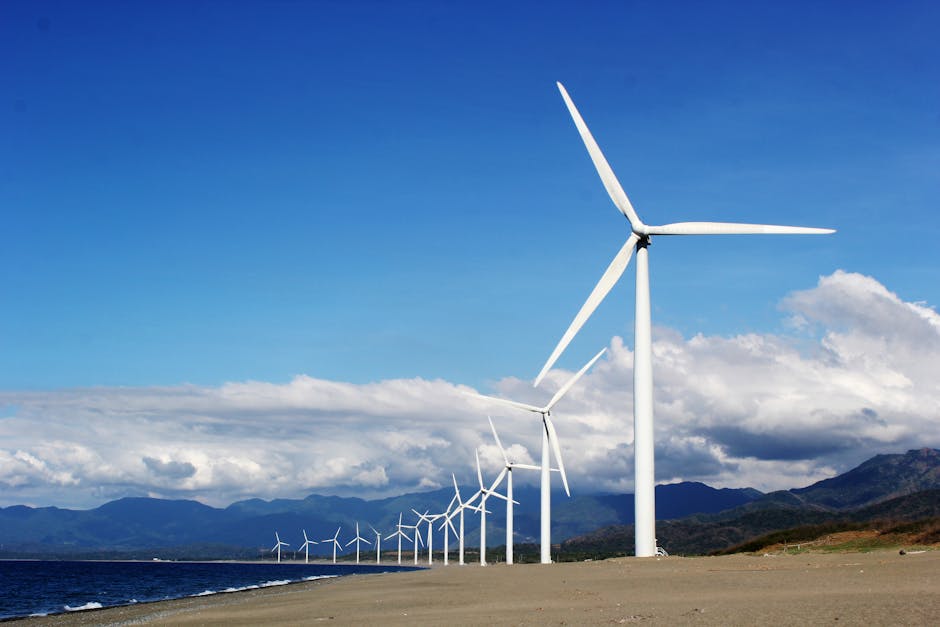
The surge in renewable energy is reshaping global sociopolitical dynamics. Nations abundant in fossil fuels are reassessing their energy approaches, whereas countries endowed with plentiful renewable sources are amassing greater geopolitical clout.
The worldwide move toward cleaner energy sources is forming fresh partnerships and competitions as countries vie for dominance in technology. Additionally, this changeover to renewable resources is igniting discussions about autonomy and safety in energy supply.
As we navigate this shift in energy sources, the social and political landscapes keep changing in surprising directions.
Waste and Recycling Challenges

When renewable energy technologies reach the conclusion of their life cycle, dealing with waste and recycling turns into an important challenge. The composite nature of wind turbine blades along with the intricate design of solar panels make them particularly challenging to recycle effectively.
If we lack adequate recycling methods, these parts might end up in landfills, causing environmental risks. It’s essential to create effective recycling procedures and advocate for circular economy concepts to tackle the waste issues linked with renewable energy.
As the sector advances, cutting-edge solutions must be developed to guarantee eco-friendly waste handling.
Public Perception and Acceptance

The public's viewpoint significantly influences the acceptance of renewable energy sources. Although numerous individuals endorse moving toward cleaner power options, some voice worries about how these initiatives might affect landscapes and ecosystems visually and environmentally.
Community resistance against wind farms and solar facilities may cause delays or even prevent these projects from moving forward, which could slow down the shift towards renewables. It’s crucial to involve local populations and tackle their worries to secure broader support.
Transparent communication and community involvement can help foster support for renewable energy initiatives. As the industry grows, navigating public perception remains a key challenge.
What do you think about this topic? Share your thoughts in the comments below — we'd love to hear from you! Want more stories like this? Follow us and never miss out!